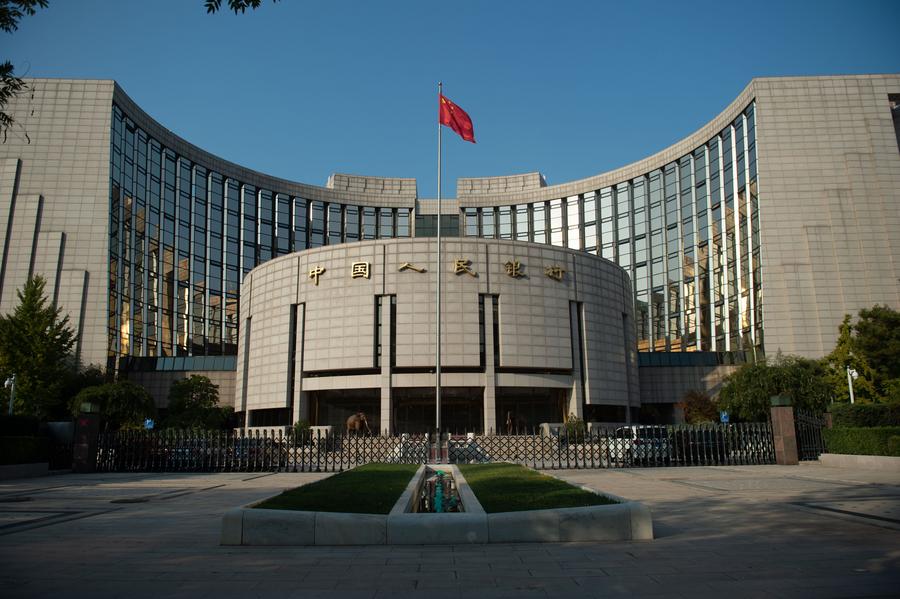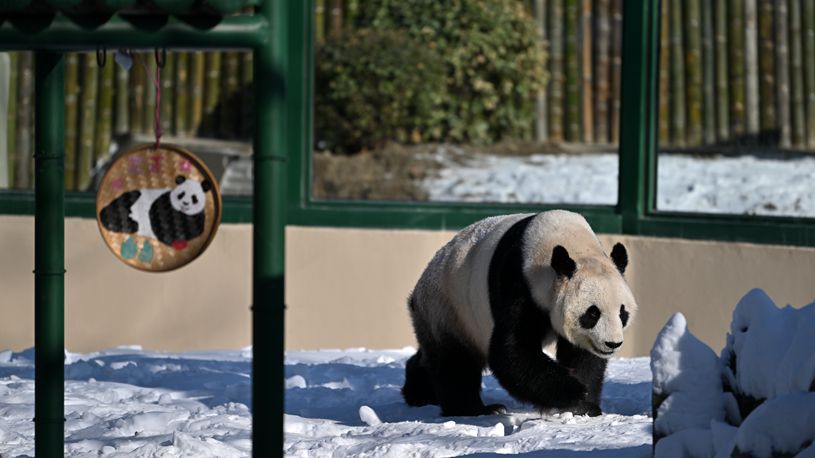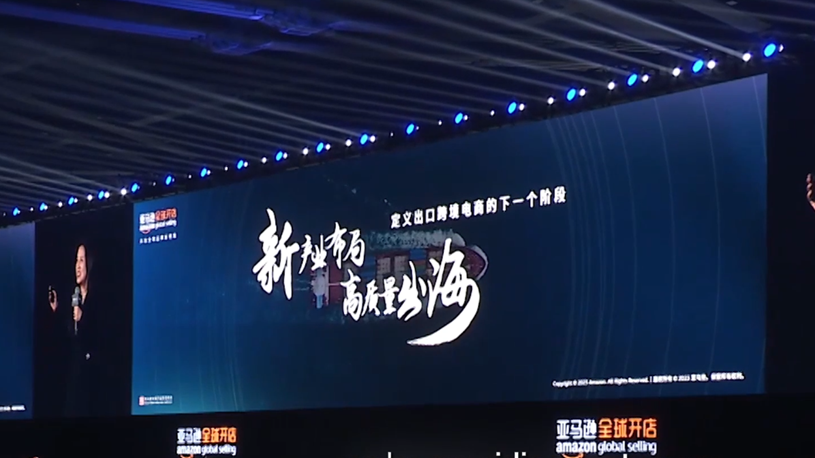
BEIJING, Jan. 24 (Xinhua) -- China's central bank will cut the reserve requirement ratio for financial institutions by 0.5 percentage points from Feb. 5, said Pan Gongsheng, governor of the People's Bank of China, on Wednesday.
The move is expected to provide the market with long-term liquidity of some 1 trillion yuan (140.85 billion U.S. dollars), Pan said.
This is the first reserve requirement ratio reduction this year, following two cuts last year.
The average level of China's statutory reserve requirement ratio is 7.4 percent, and compared with the central banks of other major economies, there is still ample room for policy maneuvers, Pan said, noting that this is an effective tool to supplement the medium and long-term liquidity of the banking system.
On Thursday, the central bank will reduce re-lending and re-discount interest rates for the rural sector and small businesses by 0.25 percentage points, amid efforts to promote moderate decrease of comprehensive financing costs, the governor added.
China's major state-owned commercial banks lowered nominal deposit interest rates further in November and December last year, Pan said.
These moves will help drive the downturn of the loan market quoted interest rate, also known as the loan prime rate (LPR), which is the benchmark for credit pricing, he said.
He also announced that the central bank will establish a credit market department this year, focused on supporting five priorities: technology finance, green finance, inclusive finance, pension finance and digital finance.
Pan said that the spillover effect of monetary policies in developed economies will decrease in pressure in 2024, and that the cyclical differences in monetary policies between China and the United States are converging.
These external changes are objectively conducive to enhancing China's autonomy and room for monetary policy maneuvers, he noted.
Pan said the flexibility of the RMB exchange rate will be maintained following the principle that exchange rates are determined mainly by the market, but that rich response tools should be in place to maintain the basic stability of the RMB exchange rate and keep it at a reasonable and balanced level.
Cross-border capital flows in China are expected to be stabilized further this year, said Zhu Hexin, deputy governor of the central bank. The country's current account surplus will remain at a reasonable level, and foreign capital inflow activities will increase in 2024, Zhu said.
China retained the top growth rate among major economies in 2023 with a year-on-year GDP expansion of 5.2 percent, surpassing the government's preset annual target of approximately 5 percent and outpacing the 3 percent increase reported in 2022. ■












